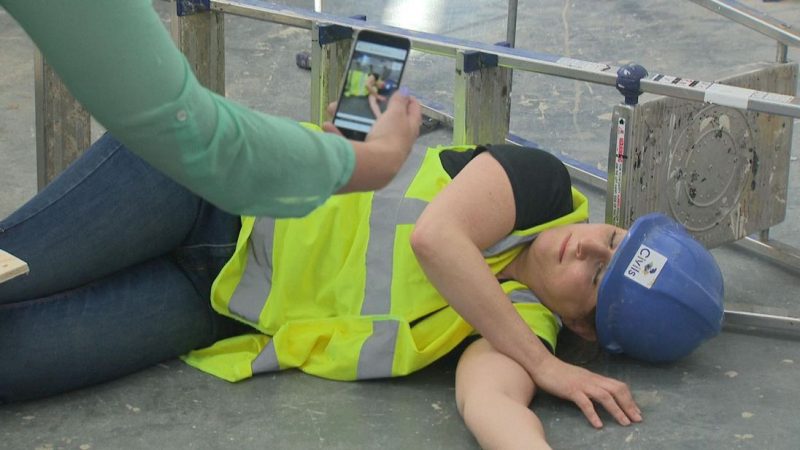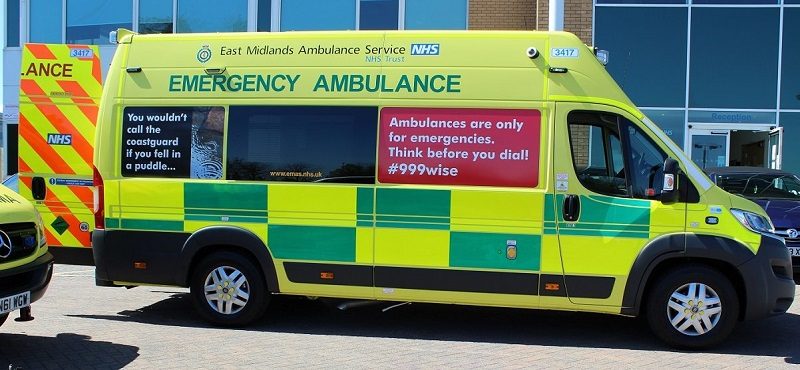Ambulance Service To Test 999 Video Message Assessments
Mike Sanders / 7 years ago

Emergency 999 Ambulance Service To Trial Video Message Assessment
Hopefully, none of you reading this have ever had the misfortune to require calling 999 to request an emergency ambulance. Despite this, the service does receive a significant number of calls. What is most unhelpful, however, is the number of times the number is called for non-emergencies. These non-emergency calls might seem important, but they can cost lives.
In order to attempt to address this and help improve the overall service, in a report via SkyNews, the 999 ambulance service is going to trial a unique feature for calls made on a mobile device.
When the call is made, if the phone is compatible, a text message will be sent to it. From this, the emergency services can access your phone’s camera to attempt to assess the situation in their own eyes. From this, they can make a priority judgment of the situation and in addition, through your phone also pinpoint your exact location. Meaning they can not only assist you faster but also get to you quicker. Something which in a dire emergency can make all the difference.

Will it work though?
In a large number of cases, the technology could prove to be invaluable. Particular to help the service allocate resources where they are most urgent. What is perhaps the best feature, however, is the ability to pinpoint your location.
Any reasonably modern phone with a camera will be able to use the system accordingly. The report says that no specific application download is necessary. This makes is open to the vast majority of people.
The technology is already used in the Kent and Surrey area, although there are plans to roll it out nationwide. In addition, other emergency services are considering the benefits of its use. Such footage, for example, as evidence, could be invaluable also to the courts.
Whether it will be a success or indeed practical remains to be seen, but if it can be used to help better allocate resources and save lives, who could possibly grumble at that?
What do you think? Is this a good implementation of smart technology? Do you think it can help better-allocated resources? In addition, what other things do you think they could try? – Let us know in the comments!




















